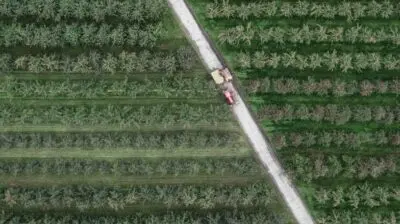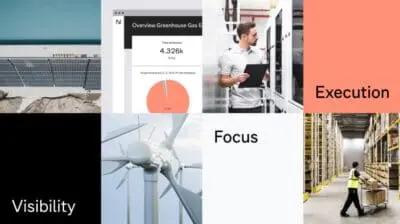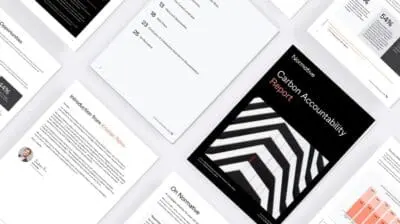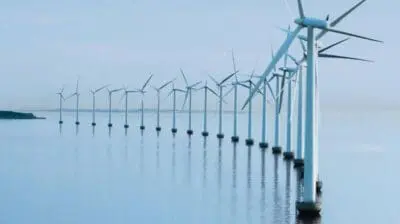The circular economy & carbon reduction targets

Establishing a circular economy accelerates the process of meeting Paris Agreement climate targets.
We live in a mostly linear economy. We use materials to produce products, and when we’re done using those products we discard them as waste – the “take, make, and waste” system.
In a circular economy, we keep materials and resources in circulation as long as possible without producing any waste.
The principles of a circular economy:
- Eliminate waste and pollution
- Circulate materials and products
- Regenerate nature
Carbon emissions: a quick overview
Carbon is the most prevalent greenhouse gas. Greenhouse gases (GHGs) are gases that, when released into the atmosphere, contribute to the warming of the planet.
The Greenhouse Gas Protocol – the defining framework for GHGs – divides these emissions into three scopes: scope 1, scope 2, and scope 3.
Scope 1 covers direct emissions that a company generates while performing its business activities. scope 2 covers indirect emissions from purchased energy, while scope 3 covers indirect emissions in the value chain. On average, 90% of a company’s emissions come from scope 3.
Through the Paris Agreement, countries committed to limiting global temperature rise to a maximum of 2°C.
Reducing carbon emissions is necessary to meet this goal – in any kind of economy.
Reducing GHG emissions & the circular economy
Fewer emissions by design
By its nature, a circular economy will have lower carbon emissions than a linear economy. Producing new materials results in carbon emissions; circular economies minimize the need for producing new materials by maximizing the re-use of resources.
Put another way: carbon emissions are almost always waste, and the circular economy attempts to design out waste.
An estimate from the 2021 Circularity Gap Report claims that a circular economy could reduce global GHG emissions by 39%.
Supply chain accountability enables targeted reductions
In order to reduce emissions, businesses and governments first need to calculate them. The full value chain must be taken into account, including Scope 3, which for many businesses are responsible for the vast majority of emissions.
By analyzing where the emissions are located (Scope 1, 2, or 3), and identifying circular changes like those in production, transportation, and material use, the circular economy can be a catalyzer for reaching the climate targets.
From the 2021 Circularity Gap ReportIn using circular strategies, we can reconfigure these supply chains to ‘bypass’ the emissions hot-spots. By swapping out emission-intensive processes … with processes that extend the lifespan of the material, such as repair, we would reduce the need for excess virgin material extraction and emit fewer GHGs.
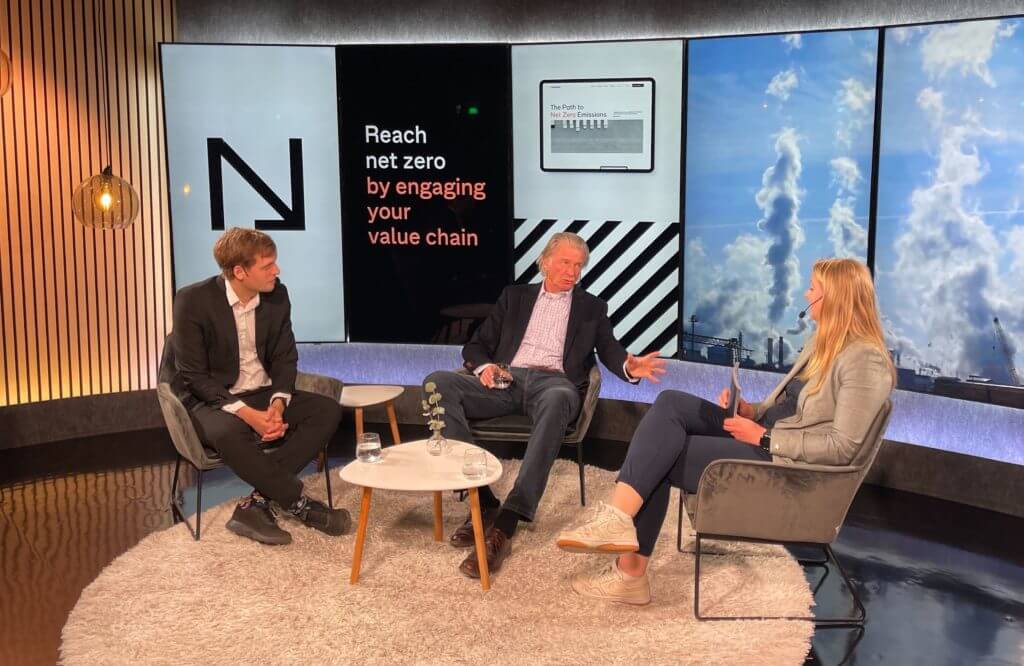
The circular economy & value chain carbon reduction
Normative hosted the online event Reach net zero by engaging your value chain, bringing together experts – including EU Policy Officer for Circular Economy Eva Dalenstam – to explain how circular economy principles can help businesses meet Paris-aligned climate targets.
The circular economy & carbon emissions, in summary
- A circular economy keeps materials and resources in circulation as long as possible, designing out waste.
- Greenhouse gases that contribute to climate change are almost always waste products.
- In a circular economy, greenhouse gas emissions are reduced by design, and the focus on supply chain transparency enables targeted emissions reductions.
Start calculating and reducing your emissions today
Calculating, reporting, and reducing emissions is key to meeting Paris-aligned targets – in any kind of economy. Normative guides you along the path to net zero emissions.



